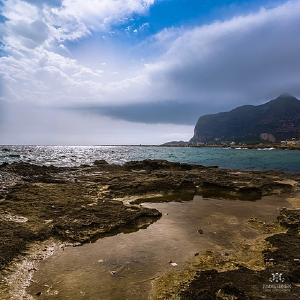A century of research on micro-organisms from the inland waters of the largest Mediterranean island

Accepted: 5 December 2022
HTML: 15
All claims expressed in this article are solely those of the authors and do not necessarily represent those of their affiliated organizations, or those of the publisher, the editors and the reviewers. Any product that may be evaluated in this article or claim that may be made by its manufacturer is not guaranteed or endorsed by the publisher.
Authors
The first studies on the micro-organisms inhabiting Sicilian inland waters date back to the middle of the XIX century. However, these were based on single samples and mainly addressed at compiling faunistic and floristic inventories. It was in the first decades of the XX century that the first methodical studies were performed, which focussed on assessing microbial diversity in saline and hypersaline inland waters. Studies on plankton dynamics in ponds and reservoirs of the island started at the beginning of the 1980s and, since the end of the 1990s, temporary waters have also been intensively sampled, especially as regards phytoplankton and micro-crustaceans. These intensified sampling efforts contributed to increasing our knowledge of the composition, structure and functioning of the planktic compartment. On the contrary, studies on benthic microflora and fauna are still numerically scarce and mostly based on occasional collections. Also, running waters have received little attention and the methodical analysis of their micro-organisms is still in its infancy.
How to Cite

This work is licensed under a Creative Commons Attribution-NonCommercial 4.0 International License.
PAGEPress has chosen to apply the Creative Commons Attribution NonCommercial 4.0 International License (CC BY-NC 4.0) to all manuscripts to be published.


 https://doi.org/10.4081/aiol.2022.11033
https://doi.org/10.4081/aiol.2022.11033



